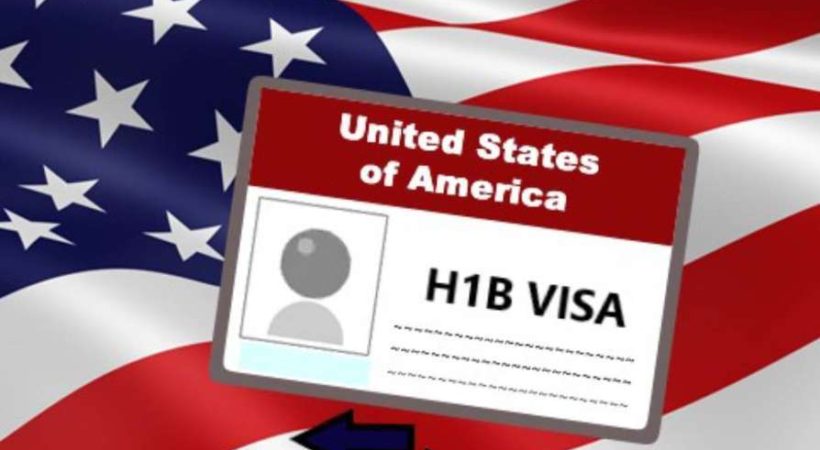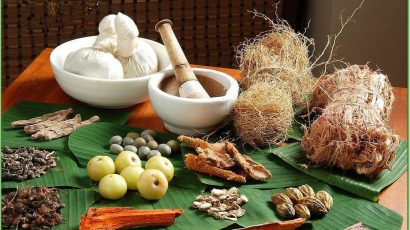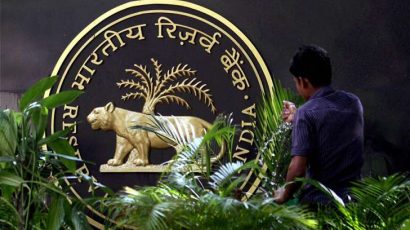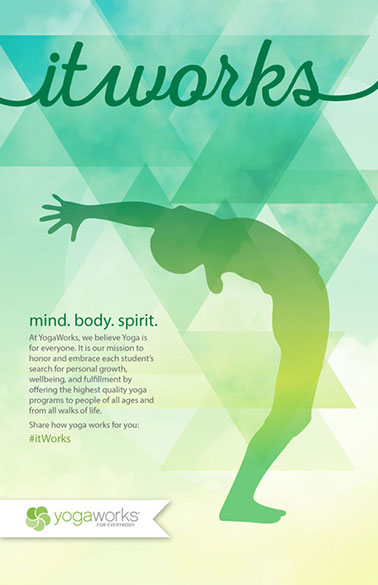Indian women get maximum H-4 visas in the US, get paid like H-1B holders: Study

According to a study published by Cato Institute, if the Trump administration succeeds in stopping work permits for spouses of Indian H-1B visa holders , it will have a serious impact on the US economy.
The US economy may contract by at least $7.5 billion annually with out the contribution of Indian women who,according to the study,are one of the inevitable supporters of US workforce. The Donald Trump administration has been trying to stop work permits for spouses of H-1B visa holders. Cato Institute says, if the Trump administration succeeds, this will have a serious impact on Indian women and the US economy.
If Trump succeeded and if the move encouraged their H-1B families to leave the country, the impact would be more than double the $7.5 billion estimated for women ceasing to work, reports The Times of India quoting David Bier, an immigration policy analyst at Cato Institute’s Centre for Global Liberty and Prosperity.
The report also says that the Obama administration had established an employment authorization document (EAD) provision for H-4 in 2015 to urge those on H-1Bs to remain in the US as it becomes difficult for H-1Bs to stay in the US for long if their spouses find it difficult to work. EADs are given to H-4s only if their H-1B spouses are being sponsored by their employers to obtain permanent residence in the country
Cato Institute evaluates that out of about 500,000 spouses who are in the US on H-4, some 90,000 have work authorizations. Bier said nearly two-thirds of H-4 visa holders sponsored by employers for permanent residence from 2015 to 2020 worked in computer and math occupations. And nearly two-thirds of those were software developers. Indian male engineers on H-1Bs are clearly tending to marry equally qualified women who then join them in the US on H-4 visas, as reported by Times Now News.
It also says that the daily citing Bier mentioned that the median wage for H-4 visa holders sponsored by employers for permanent residence in 2019 was $111,632. This compares to the median wage offer of $113,022 for H-1B workers in the same position and $53,490 for all US workers. His estimate of the loss of $7.5 billion is based on these salary and work-authorisation numbers.
Another reason why Indians dominate H-4s is that nearly 70% of the H-1Bs go to Indians. In 2020, the Indian share of H-4s was even higher at 87%. This, Bier says, may be because Indian H-1Bs receiving permanent residence in 2020 spent at least a decade and, in many cases, as long as 15 years before receiving green cards. Indians wait longer because of the country quota for green cards. There are far more Indians applying for it relative to the quota for India, the report said.















